Common Problems in Steam & Steam Condensate Systems
Steam plays an important role in just about every industrial segment we can think of. Chemical processing, mining, petroleum production and refining, power generation, Pulp and Paper, and textile, are all just some of the industries that use steam every day to do what they do. Maintaining high-quality Steam carries a number of benefits including the prevention of a range of piping and valve issues. Proper system designs are inherently lower in maintenance costs. Recovering steam condensate saves the user money and can also be the source of low-pressure steam that can be used in some other part of the process.
Steam condensate issues are numerous. Many steam maintenance problems can be traced back to inadequate or improper condensate removal from the system. Other factors like low steam quality, unsuitable equipment and components, poor piping practices, undersized or oversized pipes and valves, as well all play a role in some of the issues that we see in Steam condensate systems. Those issues can be corrosion, reverse flow where we don’t want it, and steam condensation flashing into steam. Condensate flashing can have several different problems associated with it, all by itself.
Corrosion
A common concern in Steam condensate systems is corrosion. Particularly important when condensate is allowed to accumulate and sit stagnant within the system. Left untreated, over time the corrosion can lead to system contamination, valve malfunction, the bursting of pipes, and many other problems. Any of these events can lead to costly system shutdowns and huge emergency repair costs.
Pressure Spikes
Pressure spikes are another common concern. There are three different pressure spike scenarios that can occur in a piping system. The first occurs in liquid-only systems, these pressure spikes can be caused by valves closing suddenly or pumps shutting down suddenly. In steam systems, condensate can accumulate and then flash to steam. As the steam expands to a vapor its volume increases by five to six hundred times. The third and most dangerous form of water hammer also happens in Steam systems and is commonly called condensate-induced water hammer. This is when the pooled condensate is being pushed by high-velocity steam traveling in the pipe. When the steam builds up a “wavefront” in the pooled condensate, a flashing of the liquid to vapor will have dramatic and catastrophic when it pushes a slug of water into an elbow or other constriction at velocities in the hundreds of feet per second.
Considering Line Sizing & Handling Condensate
There are a number of factors that should be carefully considered when designing or redesigning a steam condensate system. These include line sizing. Always make sure that the pipes themselves are properly sized. This can be a leading cause of condensate collection. The location of condensate return lines in relation to other pieces of Process Equipment is also very important. Insulation methods and techniques are particularly important to prevent flashing. Look for low points where condensate can accumulate. The final point is to consider the type or quality of the valve used. Not all check valves will do an adequate job in handling condensate.
Check valves can be a very important part of steam processes or condensate processes in general. It is not always possible to use off-the-shelf check valves for the applications for check valves in a steam or a condensate system. Often times low cracking pressure check valves are required. Screwed end (NPT) check valves are quite common in these applications for low-pressure condensate but also flanged style and wafer style check valves can be used. Generally, they need this low cracking pressure characteristic for use in condensate lines. In normal steam lines or hot water lines, standard cracking pressures may suffice but there may be other special modifications needed to a standard valve to get the best performance out of valves in those applications as well.
In-Line Check Valves from DFT®, Inc.
DFT Inc. has been designing and Manufacturing world-class in-line check valves since 1943. When sized properly for the system requirements high-quality check valves serve as integral and critical component parts in your Steam condensate Management System. One of the most popular valves we sell into steam condensate is the SCV check valve. This valve style coupled with some simple modifications for low cracking pressures performs exceptionally well in many steam condensate lines. Find out more about Steam and Steam Condensate by viewing the full webinar here: https://industrial.dft-valves.com/lp-steam-condensate-webinar
Having problems? We suggest that you contact one of our valve experts at DFT with your problems and the specific issues that concern you. https://industrial.dft-valves.com/contact-dft-dft-inc






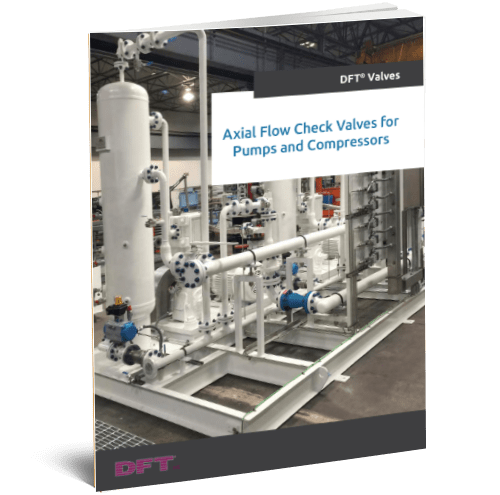
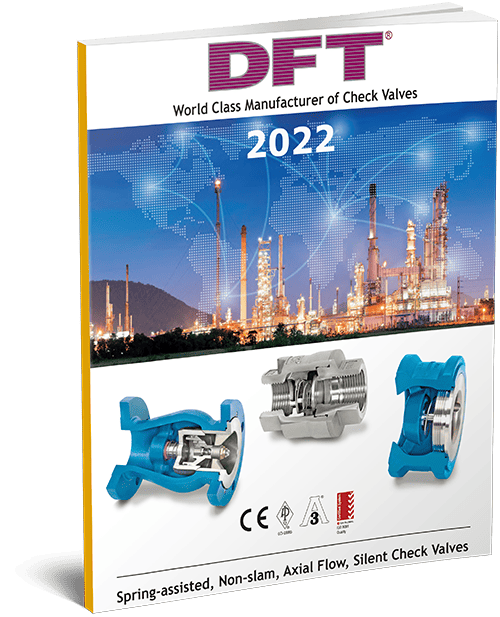
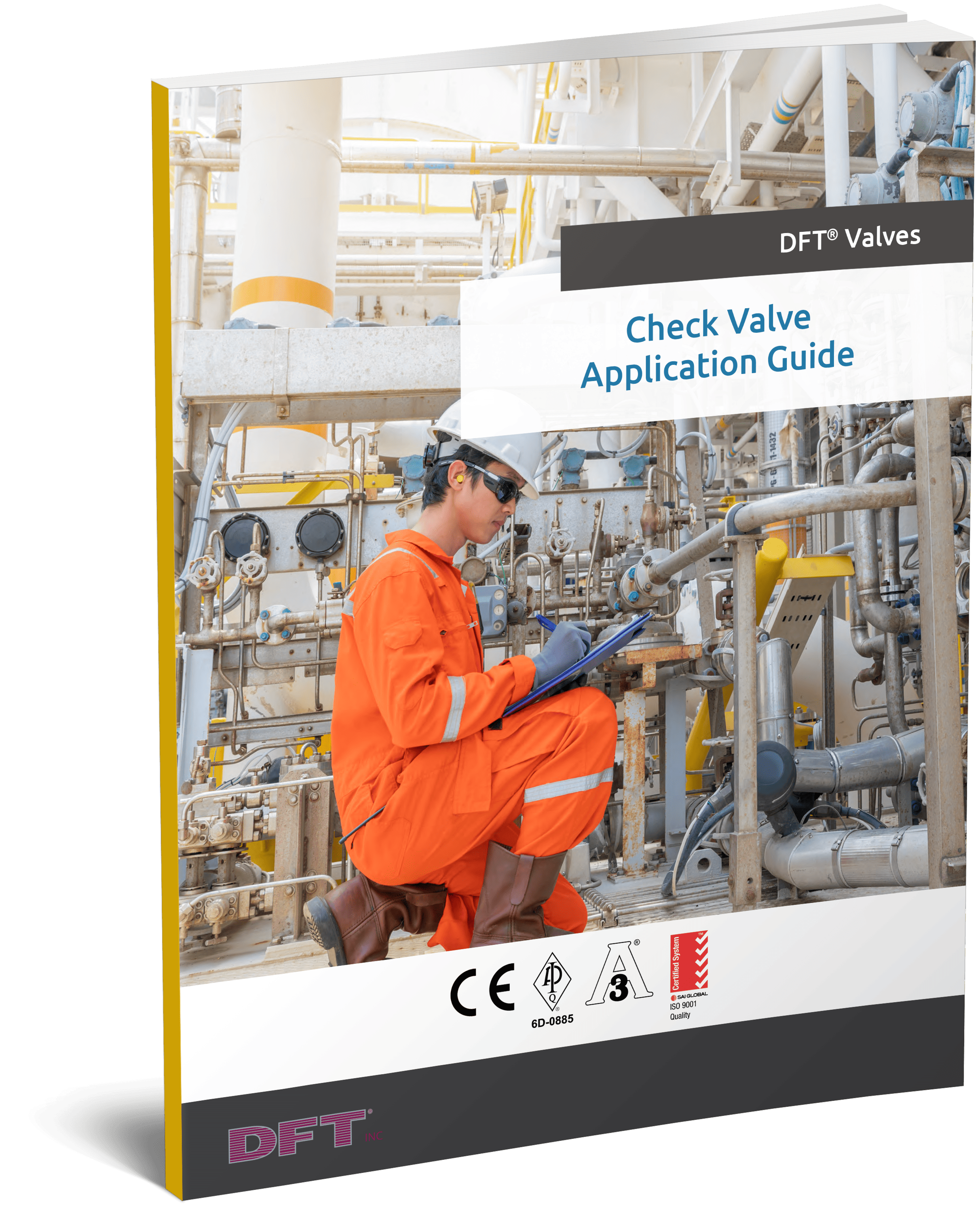

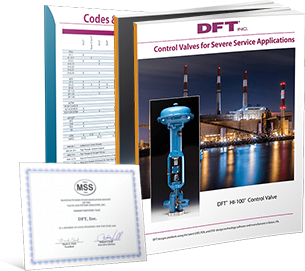
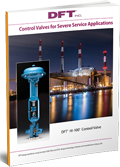
Comments are closed